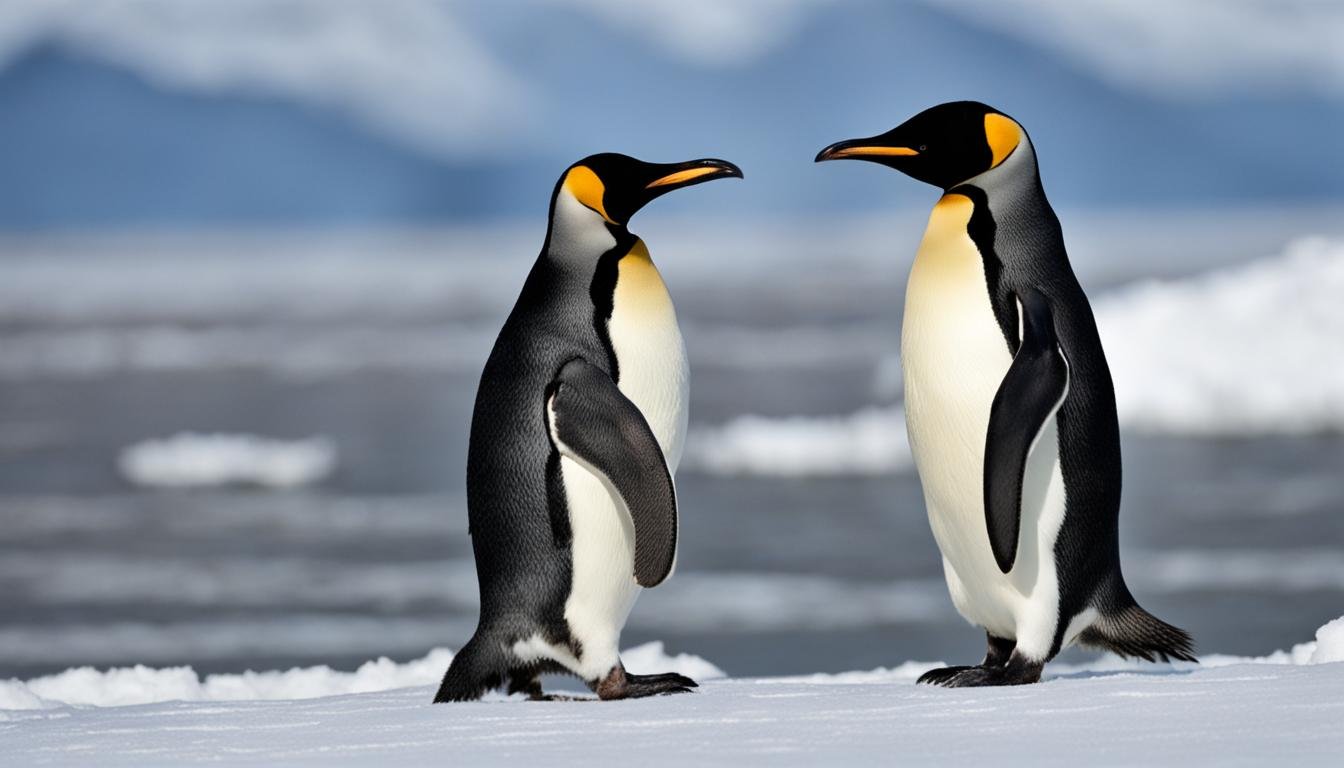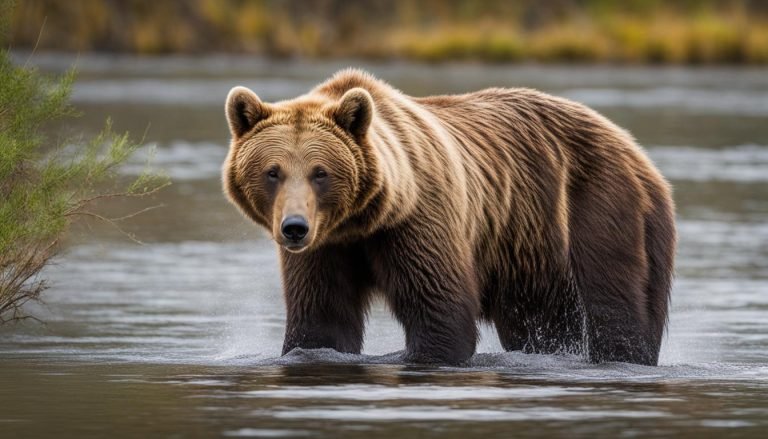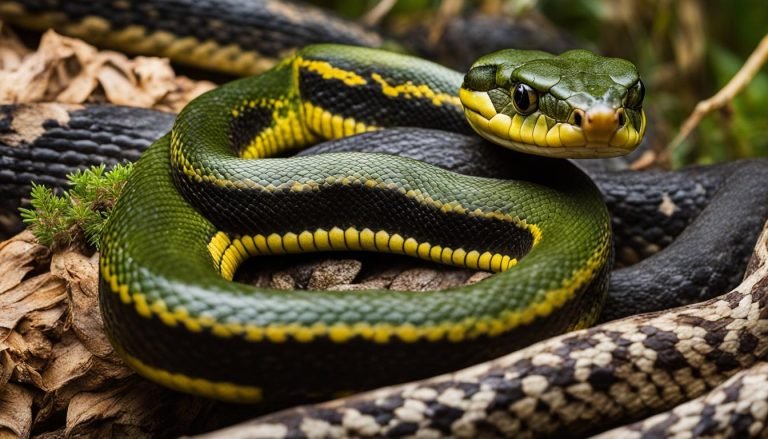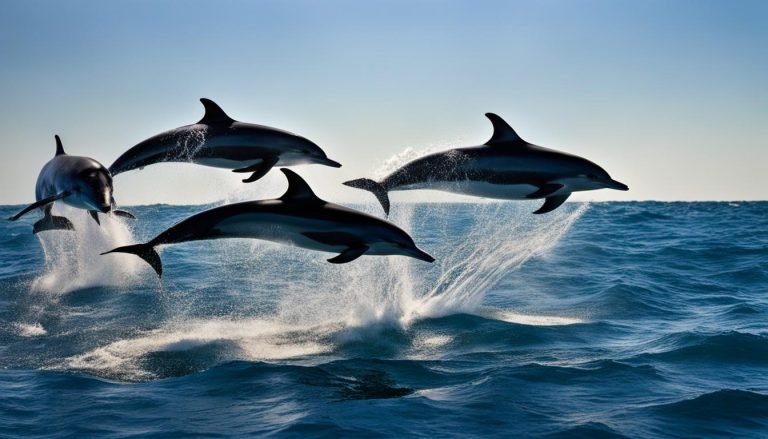Penguin
Welcome to the fascinating world of penguins, a unique and captivating animal species that inhabits the Southern Hemisphere. Penguins are flightless marine birds known for their striking black and white feathers, upright stance, and endearing waddle. These remarkable creatures have evolved to thrive in harsh and icy conditions, adapting to both land and water with equal grace.
Penguins belong to the Spheniscidae family and encompass a range of species, each with its own distinct characteristics. From the majestic Emperor Penguin to the charismatic Adelie Penguin and the regal King Penguin, these birds provide endless opportunities for discovery and wonder.
In this article, we will explore the various aspects of penguins, including their size, habitat, behavior, hunting techniques, and the conservation efforts in place to protect these incredible animals and their fragile ecosystems.
Join us as we delve into the mesmerizing world of penguins and uncover the secrets of their remarkable survival in a challenging and dynamic environment.
Size
Penguin sizes can vary depending on the species. The Emperor Penguin, for example, is the tallest of all penguin species, reaching an average height of about 3.8 feet (1.1 meters). They can also weigh up to 88 pounds (40 kilograms). On the other hand, the Little Blue Penguin, also known as the Fairy Penguin, is the smallest penguin species, with an average height of about 13 inches (33 centimeters) and weighing around 2 pounds (1 kilogram). Other species’ sizes fall somewhere in between these extremes.
Habitat
Penguins inhabit various regions in the Southern Hemisphere, with the majority of their population residing in the Antarctic. These regions offer an abundance of food sources, such as krill, fish, and squid, which penguins rely on for survival. Penguins are known for forming large breeding colonies, where they gather in large numbers for mating, nesting, and raising their offspring. These colonies can range in size from a few dozen pairs to hundreds of thousands of penguins, creating a bustling and vibrant atmosphere.
Behavior
Penguins exhibit fascinating behaviors related to their breeding and nesting habits. These flightless birds typically mate for life and engage in elaborate courtship rituals to attract a suitable partner. During courtship, they showcase behaviors such as calling, preening, and mutual feeding, strengthening their bond.
Once a pair has formed, penguins exhibit communal nesting behavior. Both males and females take turns incubating the eggs and caring for the chicks. This cooperative parenting ensures the survival and well-being of their offspring. Penguins rely on their thick layers of fat and waterproof feathers to withstand the cold temperatures during incubation and parenting duties.
The breeding habits of penguins are not only intriguing but vital for their species’ survival. By exhibiting these behaviors and nurturing their young, penguins ensure the future generations of their species.
Hunting
Penguins are expert hunters, relying on their skills to find food and sustain themselves. These remarkable birds primarily feed on fish, krill, and squid, which are abundant in their ocean habitats. Using a range of hunting techniques, penguins employ their specialized adaptations to catch their prey.
Depending on the species, penguins employ various hunting techniques to secure their meals. Diving is a common strategy that involves diving deep into the water to search for fish and other marine organisms. Penguins have streamlined bodies and webbed feet, allowing them to swim gracefully and swiftly through the water. Some penguin species are capable of diving to remarkable depths, reaching over 1,500 feet (500 meters) below the surface.
In addition to diving, penguins also use swimming as a hunting technique. They navigate through the water, using their strong wings and flippers to propel themselves forward and maneuver swiftly. Swimming enables them to chase after prey that may be swimming at shallower depths.
Another intriguing hunting technique employed by certain penguin species is porpoising. This behavior involves leaping out of the water to catch prey near the surface. Porpoising allows penguins to surprise their prey by launching themselves into the air and quickly reaching out to grab their target.
Penguins exhibit incredible agility and adaptability in their hunting strategies. Thanks to their streamlined bodies, webbed feet, and keen eyesight, they have successfully honed their hunting skills over thousands of years. These techniques enable them to locate and secure the abundant food sources available in their habitats, contributing to their resilience and survival.
Mortality
Penguins, like any other species, face numerous threats in their environment. Natural predators such as leopard seals, killer whales, and land predators like skuas pose a risk to their survival. These predators prey on penguins, especially during their vulnerable breeding seasons when they gather in large colonies.
However, the most significant concern for penguins is climate change. As global temperatures rise, it leads to the melting of sea ice, which is vital for their survival. Penguins rely on sea ice for various reasons, including as a platform for breeding and a source of food. With the melting of sea ice, their habitat is disrupted, making it difficult for them to access their prey.
Rising sea temperatures also have a direct impact on the availability of food sources for penguins. Many species of penguins, such as the Adelie Penguin, feed on krill, which is a small, shrimp-like crustacean. Krill thrive in cold waters, and as the sea temperatures increase, they start to decline in number. This scarcity of food can lead to starvation and a decline in the penguin population.
Conservation efforts are being made to protect penguins and their habitats. The establishment of protected areas, such as marine reserves and wildlife sanctuaries, helps safeguard these vulnerable creatures. Measures to reduce carbon emissions and combat climate change are also being implemented to mitigate the impact on penguin habitats. Additionally, conservation organizations work tirelessly to rehabilitate injured or sick penguins, ensuring their well-being. Public education and awareness initiatives aim to highlight the importance of preserving penguins and their unique place in the world’s biodiversity.







